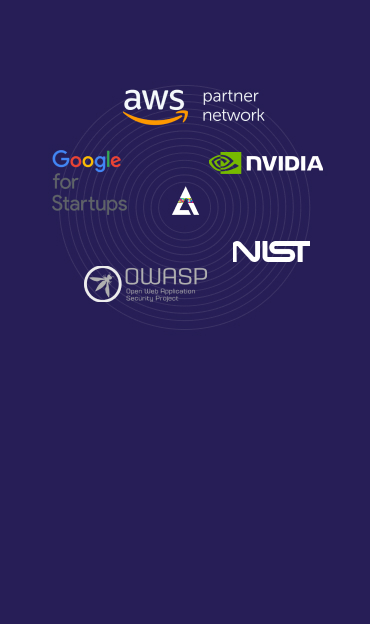AI benefits in Insurance
AI is profoundly reshaping the landscape of the insurance industry, breaking down historical barriers to entry, and opening up new possibilities for innovation and improved service delivery.
AI-enhanced insurance tools provide several benefits, both in customer service and operational efficiency. For instance, the application of AI in chatbots can improve customer service, enhancing interactions and offering quicker, more personalized responses. Moreover, the use of AI enables better underwriting processes by employing data from drones and satellite imagery.
Furthermore, predictive analytics applications have yielded more sophisticated benefits for risk management. Firms like Milliman are utilizing AI to estimate when claims might occur and their potential impact on businesses. They work with risk managers to identify sleeper claims, evaluate the likelihood of litigation, enhance organizational processes, and address skill, training, and management gaps that could contribute to potential claims.



